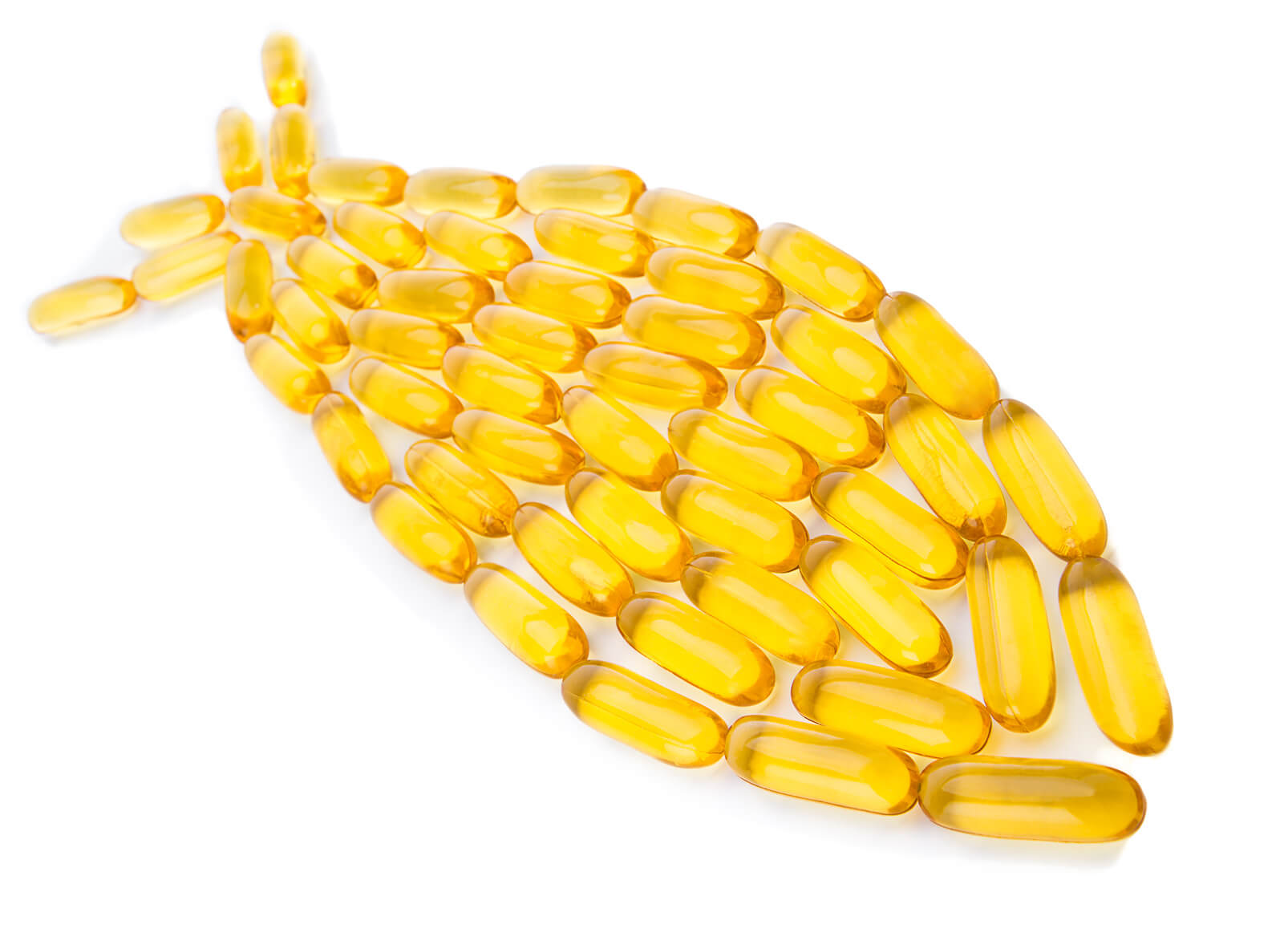Positive first fishing season in Peru ongoing

The TAC was set at a high 3.32 million tonnes for the first fishing season in Peru in 2018, and the price is trending downwards as a result. In general, the fishmeal supply in the market will be sufficient and most major producers reported good activities so far.
Production
Peru’s first anchovy fishing season started on 12 April 2018 in the northern-central area, with a TAC set at 3.32 million tonnes, the highest since 2011. This quota was almost fully fulfilled by early July, which allowed Peruvian reduction plants to produce fish meal and fish oil with the sufficient raw material supply. This successful first fishing season will contribute to boost the Peruvian economy by generating employment, increasing export and contributing to the domestic GDP.
According to to IMARPE, about 10.9 million tonnes of anchovy were measured in the fishing area before the start of this fishing season, exceeding the average of the last 25 years by 35 percent. This biomass growth reflects the sustainable management of this species.
In the first half of 2018, combined with the remainder of roughly one month from the second fishing season in 2017, which ended in early 2018, approximately 4 million tonnes of raw material were landed. This raw material was processed to produce nearly 1 million tonnes of fish meal and 170 000 tonnes of fish oil in Peru. This cumulative production exceeds last year tonnage for the same period, with fish meal and fish oil up by 40 and 77 percent, respectively.
Production in Chile and European countries for the first half of 2018 was nearly the same as during the same period in 2017. In the first half of 2018, the cumulative fish meal production in Europe was slightly up by 5 percent, while fish oil was up by 3 percent.
Export
Peru exported 165 000 tonnes of fish meal during the first quarter of this year, about 54 percent less than in the same period in 2017. This decline was in part due to execution difficulties in view of complex logistical constraints in the region, but largely due to slumped shipments to China.
Exports from other fishmeal and fish oil supplying countries in the first three months this year remained similar to 2017, except for Iceland, where elevated landings of small pelagics resulted in an increase in fish oil exports.
Markets
The stocks of fishmeal in the main ports in China reached a new high in 2017, following large imports of Peruvian fishmeal that was sold at low prices in early 2017. This trend changed in 2018 and even though fishmeal production in Peru increased this year, it has not resulted in higher exports to China, for two main reasons. The high stocks already accumulated in China have been pressuring trade companies to import less volume of fishmeal and fish oil products. In addition, prices are being pushed down by the increased TAC for 2018 in Peru, the impressive landings and the optimistic forecast for the species condition, which is prompting some companies to a wait and see strategy.
The stricter environmental protection regulations that are being enforced in China closed small-scale fishmeal reduction plants that did not meet the new guidelines. These regulations also promote feeding with compound feed rather than forage, so it is very likely that the Chinese supply of fishmeal and fish oil will inevitably rely more on imported product than domestic production.
Price
The high presence of juveniles at the start of the second fishing season of 2017 in Peru disrupted the operation and drove the fishmeal and fish oil prices up. According to Index Mundi, the CIF price of 65 percent Peruvian fishmeal was recorded at USD 1 605 in February 2018.
The survey conducted by IMARPE in the first quarter of this year, presenting very high biomass levels, reversed the trend and market prices went down. The large anchovy landings that have since been registered confirmed the survey. Therefore the downward pressure on prices is expected to continue. By May the CIF price of 65 percent Peruvian fishmeal decreased to USD 1 510.
Outlook
Landings of Peruvian anchoveta this year have been extremely positive so far, with the quota of 3.32 million tonnes almost met. This promising outcome will allow the Peruvian fisheries sector to recover, given the inventories replenishment among the major feed producers in Peru. In the near future, the fishmeal supply in the market will be sufficient and most major producers reported good operational activities.
Prices for fishmeal and fish oil started declining in March 2018 and the current low price may raise the interests of buyers from the rest of the world in the near future. Furthermore, the ample supply of raw material will lead to a sharp increase in exports from Peru in the second half of 2018.

